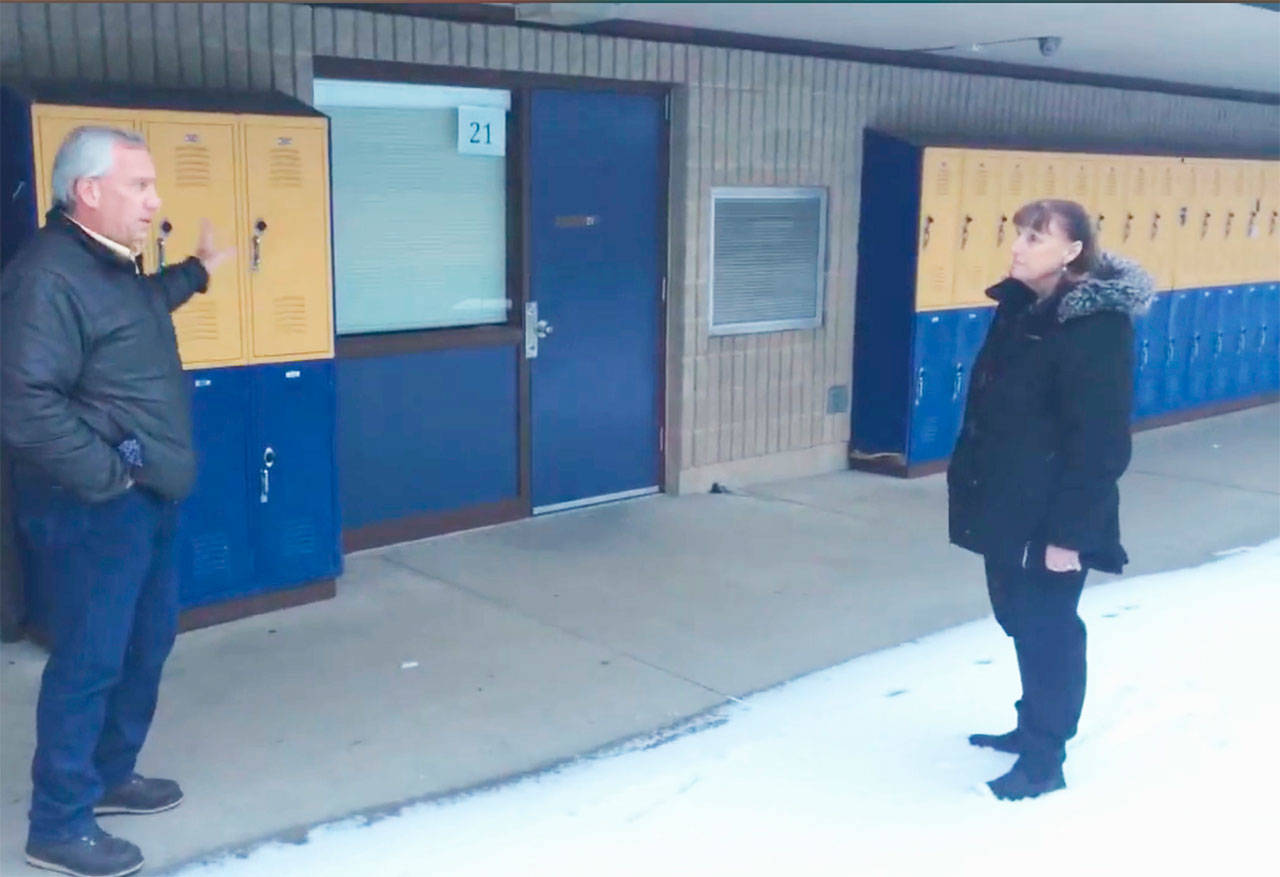ARLINGTON – Voters in the Arlington School District in the Feb. 11 special election will be asked to approve two levy proposals and a stand-alone bond to build a new Post Middle School.
The measures would continue to collect taxes for staff, educational programs and operating expenses not covered by the state; tap short-term debt to add school safety and security improvements; and replace Post Middle School.
“We looked at the package and wanted to make sure that it addressed the needs, but we also were sensitive to our community and their concerns about taxes,” Superintendent Chrys Sweeting said. “Our times have changed, and our needs have changed. Kids need it.”
At the request of residents, district officials separated the $71.5 million bond to replace Post from a laundry list of capital improvements across all the schools.
Combining the costs for all three, homeowners would pay $2.69 per $1,000 of assessed property value in the current year, increasing to $3.49 per from 2021-2024 that includes the capital levy, then decreasing to $2.66 from 2025-2040. That means a home valued at $300,000 would pay $807 in 2020, which would rise to $1,047 a year from 2021-2024, then drop to $798 after that.
Here is a look at the ballot measures:
EP&O levy
The district’s Educational Programs and Operations (EP&O) levy pays for everything outside what the state pays for in “basic education,” including extra-curricular activities.
Funds from this four-year replacement levy would go to day-to-day costs not covered by state funding enacted in 2017. This levy funds over 10% of the district’s teachers, nurses, para-educators and counselors. It would also fund technology, special education, instructional materials and extracurricular activities including robotics, band, choir, drama and athletics.
If voters approve the levy, property owners would pay $1.70 per $1,000 assessed valuation annually from 2021 to 2024.
Arlington residents historically have supported levies, and that is reflected in community quality of life standards. In 2014, the Puget Sound Business Journal using data from the Washington State Board of Education rated the top 10 communities to live in based on school performance. Arlington ranked fourth in the results, and were the only Snohomish County community other than Bothell to make the list.
Capital levy
The four-year capital levy would cover additional security and building improvements including classroom door locks and cameras/access controls; more classroom space and a science, technology, engineering, art and math (STEAM) workshop wing addition at Arlington High School; pedestrian safety at key schools; and energy efficiency measures at select schools that extends the life of those school building.
The capital levy would cost property owners $1.15 per $1,000 of assessed value in 2021, $1.14 in 2022, $1.13 in 2023 and $1.15 in 2024, generating about $25 million.
Arlington High School will add 300 more students by 2023. The school was originally built nearly two decades ago knowing that adding more classroom space would be necessary.
Bonds to replace Post Middle School
The district’s Facilities Advisory Committee recommended a $71.5 million bond to replace the aging Post Middle School that would be earthquake resistant, have interior hallways for security, larger classrooms to support STEM education and a fire sprinkler system. The total project cost for new 120,000-square-foot school would be $83 million, using $11.5 million from state school construction funds.
The 38-year-old building is showing its age, with cracked floor tiles containing asbestos; outdoor hallways and student locker areas, along with exterior doors to enter classrooms, all accessible to outsiders; 22 separate and inefficient boilers for warming classrooms; and lots of exposed network conduit and wiring that cannot be relocated into school walls.
This is the district’s fourth bite at the apple to replace Post, which combined with a package of other school projects gained over half the voters in previous elections but couldn’t muster the 60% supermajority.
The bonds would be repaid from annual excess property taxes over about 21 years. The district estimates an average tax rate for this bond of $0.90 per $1,000 of assessed value, or $22 per month – $264 per year – for a $300,000 home. The tax rate is projected to be below what taxpayers have paid each year since 2001 replacing the bond that matures in 2020.
For more details, go to https://www.asd.wednet.edu/2020_levies_and_bond.



